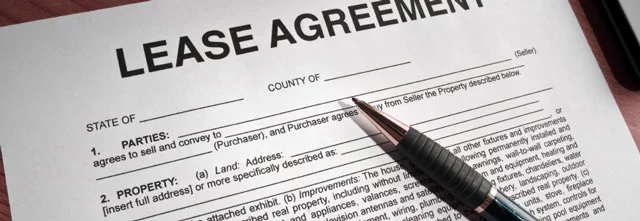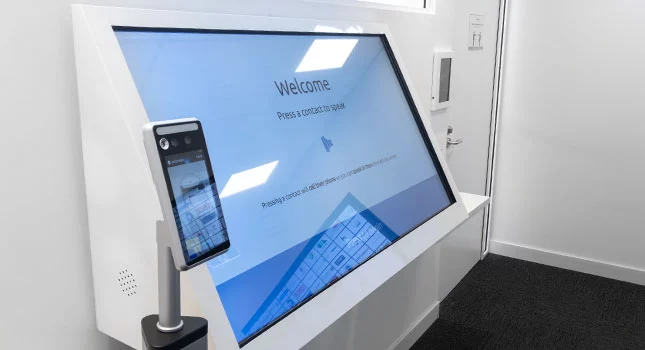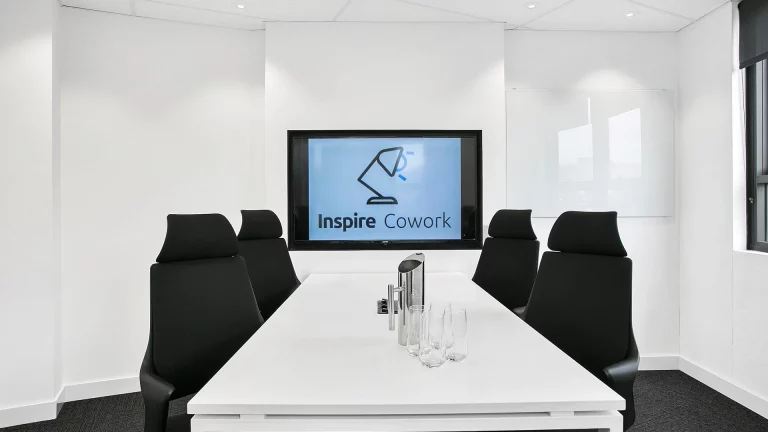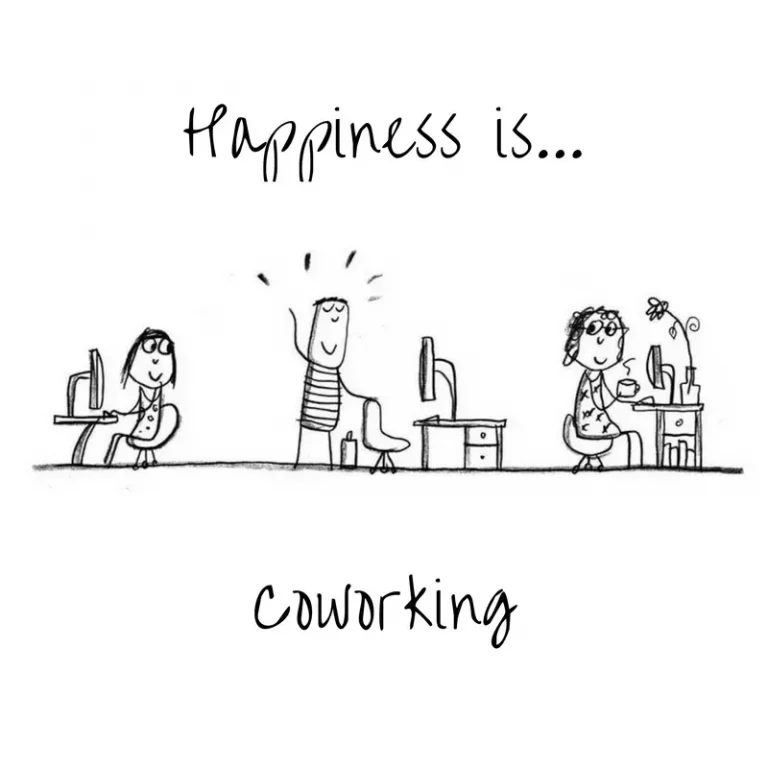10 things you should consider when leasing an office
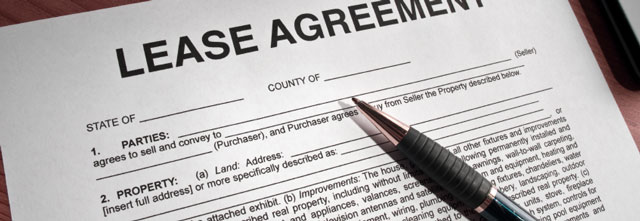
Are you considering leasing an office for the first time? It’s a daunting and exciting process and we hope these 10 things will help. Remember there are many ways to write a lease and advice is needed before signing one.
It comes from our own experiences in leasing an office and being a commercial property owner to understand just how complex a lease or fit out is. It is one of the reasons we opened Inspire Cowork to give the option for small businesses to get an office without the complexities of a lease or fit out.
1. How long a lease do you need?
It might sound tempting to take a short term lease, you’re just starting out and not sure where you’re going to be in six months. But, how much will you need to invest in fit out? What other contracts are you signing for 2 years, e.g. internet, phone lines, etc? The risk and benefits need to be weighed up.
Long term lease benefits:
Confidence you can spend money on a fit out that will esentially stay the same for the term of your lease
Negotiation leverage to ask for a) contribution to fit out b) rent free periods e.g. 3 months
Consider options for extension e.g. start a 3+3 which means three years with the option to renew at market rent for another 3 years.
Long term lease risks:
You are liable for the total contract amount plus the make good and any other terms if you need to break your lease.
2. Understand the “make good” clause
Any changes you make to the property might need to be reversed and returned to the property owner as a shell, this is costly especially when you’re closing down or moving to a new office and have additional expenses already. So keep this in the budget or negotiate it out. Note some serviced offices also charge a mandatory make good when you leave even if there are no changes.
3. Is internet similar to home connections?
Internet has fast become an essential item in the office, without it works grinds to a halt and might cost you thousands per day in lost sales and productivity. In a commercial office your home based adsl 2+ internet connection just doesn’t cut it because although they advertise 20mbps downloads your uploads which are essential for cloud services are likely 0.5mbps. Also because its shared with a huge number of other users in the local area the speeds go up and down or might not work at all.
We use “Espresso Net” and recommend them, the main points to look for are:
Symmetrical so uploads are as fast as downloads
Contention ratio (less or no people sharing the same line)
Business grade (reliability and SLA)
Speed – Consistency is key here, an advertised 20mbps on a business line is guaranteed your residential connection is not.
http://www.espressonet.com.au
4. WHS – Work Health Safety is your responsibility
Setup, Maintenance. There will be an initial learning curve in setting up your WHS documents, writing procedures and an ongoing cost in maintaining them. This might include buying good chairs to avoid a lawsuit from back pain. Or ensuring fire extinguishers, medical kits, and electrical items are all checked by professionals periodically.
5. What do i need to Fit Out & Maintenance
Commercial isn’t like residential, you might be taking an empty shell with no carpet, blinds, kitchen, toilets or walls and you need to pay for and fit these out yourself. This is normal. Including cabling for electricity and internet.
After you have your base fit out you then start to furnish with desks, chairs, power, internet. But these fail and wear, so budget for refurbishments and replacements based on the quality you start with e.g. a cheap chair might not last more than 6 months and cause back pain. Also consider cleaning costs or what its going to cost you to do it.
6. How much office space should i take?
If your starting out, do you know how many people you need to employ now, in 1 year in 3 years time? Chances are your office can’t expand and its in those first few years of hiring that first employee that you will learn. Keep in mind your business goals and will you be hampered by the size in a few years because you only have space for a few employees. A rule of thumb depending on desk size you can fit 1 person per 6-10sqm.
7. What size desks do i buy?
Flexibility, expandability and comfort. Buy desks to fit the location, get a plan and start sketching out (to scale) what fits and what doesn’t, or get an architect to help you. Some pointers include ditching the big L desks. With the paperless office this extra space for the “L” really reduce the option for expandability in your design for little comfort benefit. When choosing a straight desk 1.8m wide is large, 1.5 is medium 1.2m wide is comfortable but on the smaller end.
- Parking, transport, local amenities Access to transport
Location to parking may affect who you can hire. Also consider what other local amenities are around like coffee shops, dry cleaning, child care, etc.
9. Staged Approach
While the office size might need to be fixed for the lease term your fit out doesn’t. Plan for the end goal but consider whats the minimum you need today, e.g. you might plan for 10 employees but if its only yourself and one or two employees then consider only buying 4 desks and spread out the space for now. It’s surprising how as the business grows your needs change and this gives you flexibility to change and reduces your costs to open.
10. Do you need to lease an office?
Consider a coworking space, at Inspire Cowork they have no bond, no lease, cancel anytime, and everything in the above 9 items is taken care for you. There are also many other shared office and coworking space solutions available around Australia and the world so there is possibly one in your local area.
Want to know more, get in touch and we can grab a coffee together , or try out a free day .
